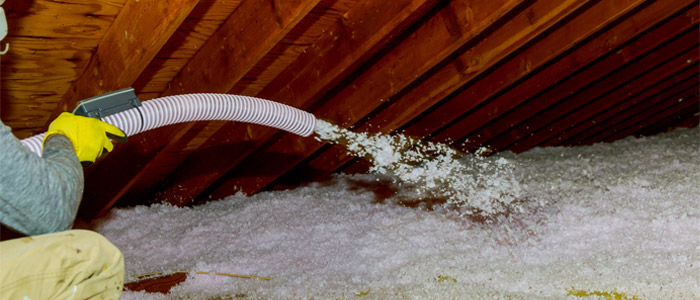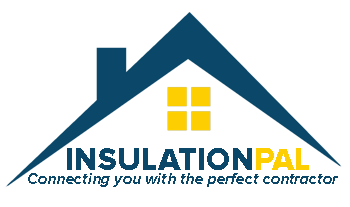What is Blown-in Insulation?
Understanding blown-in insulation techniques for filling gaps and achieving complete coverage in attics, walls, and hard-to-reach areas.

What is Blown-in Insulation?
Blown-in insulation is a method of installing loose-fill insulation materials using specialized equipment that blows the material into attics, wall cavities, and other spaces. This technique allows for excellent coverage around obstacles and in irregular spaces where traditional batt insulation would be difficult to install.
Types of Blown-in Materials
Cellulose
- R-3.2 to R-3.8 per inch
- Made from recycled paper products
- Excellent for air sealing
Fiberglass
- R-2.2 to R-2.7 per inch
- Lightweight and non-combustible
- Resistant to moisture and mold
Mineral Wool
- R-3.0 to R-3.3 per inch
- Superior fire resistance
- Excellent sound dampening
Key Benefits
- Complete Coverage: Fills gaps and voids that batts cannot reach
- Air Sealing: Reduces air infiltration and drafts
- Seamless Application: No joints or seams to create thermal bridging
- Retrofit Friendly: Perfect for existing homes and hard-to-reach areas
Installation Process
Equipment Required
- Insulation blowing machine
- Flexible hoses (up to 150+ feet)
- Material hopper and agitator
- Depth measurement tools
Installation Steps
- Seal air leaks with caulk or foam
- Install proper ventilation baffles
- Set up blowing equipment
- Blow insulation to specified depth
- Level and verify coverage
- Install depth markers for future reference
Installation Methods
Open Blow
- • Attic floors
- • Open cavities
- • Accessible areas
- • New construction
Dense Pack
- • Enclosed wall cavities
- • Existing wall retrofits
- • Higher density application
- • Better air sealing
Best Applications
Blown-in insulation excels in several applications:
- Attics: Over existing insulation or in new construction
- Wall Retrofits: Adding insulation to existing walls without renovation
- Irregular Spaces: Around wiring, plumbing, and ductwork
- Floor Cavities: Between floor joists over unheated spaces
- Cathedral Ceilings: In enclosed rafter spaces
Performance Considerations
Density
Critical for performance - too low reduces R-value, too high can compress material
Settling
Properly installed blown-in insulation settles minimally over time
Coverage
Uniform coverage essential for optimal thermal performance
Air Sealing
Provides moderate air sealing but not as effective as spray foam
Professional Installation
While DIY rental equipment is available, professional installation ensures proper density, coverage, and air sealing. Professionals have the experience to achieve optimal performance and can access hard-to-reach areas safely. They also understand local building codes and ventilation requirements.
Cost Considerations
Blown-in insulation typically costs more than DIY batt installation but less than spray foam. The superior coverage and air sealing often justify the additional cost through improved energy savings. Professional installation includes equipment, materials, and labor.
Quick Facts
- Materials:Cellulose/Fiberglass
- R-Value:R-2.2-3.8/inch
- Installation:Professional
- Coverage:Complete
- Air Sealing:Good
Professional Installation
Get blown-in insulation professionally installed for optimal coverage and performance in your home.
